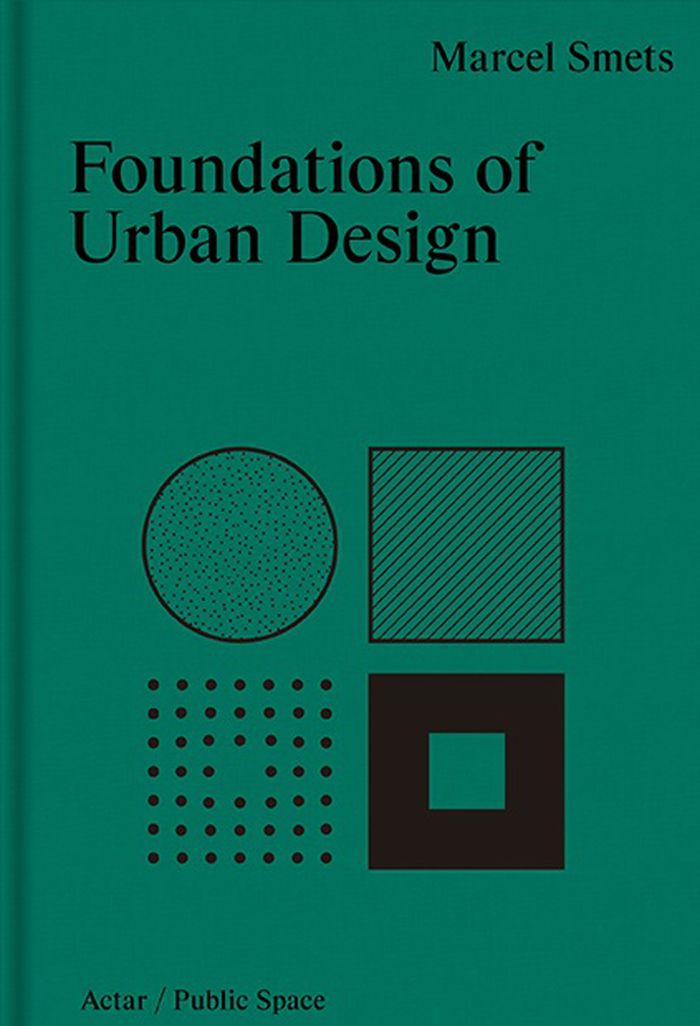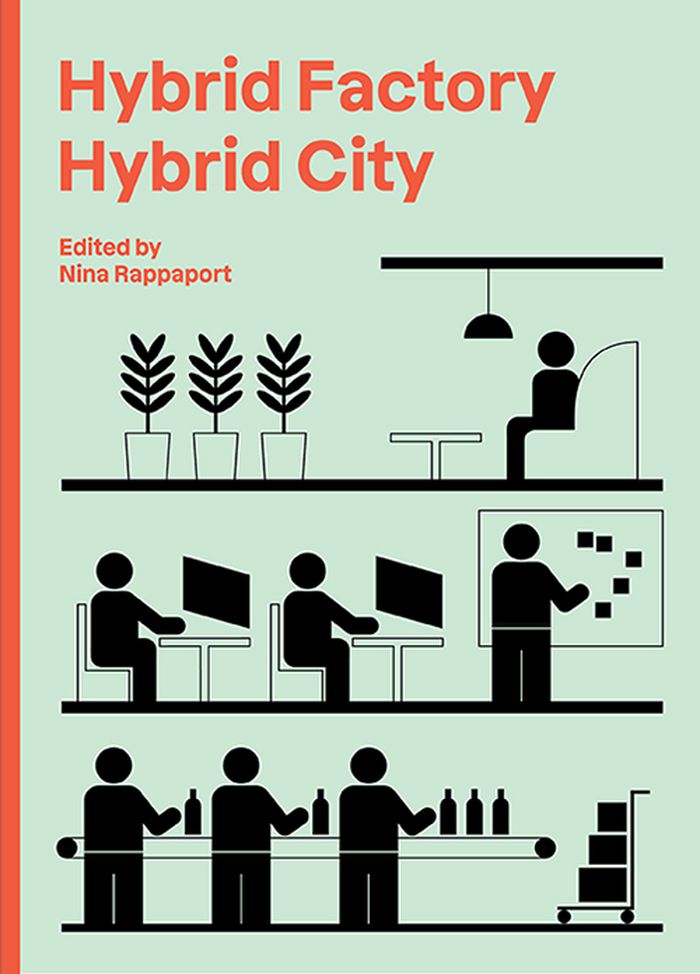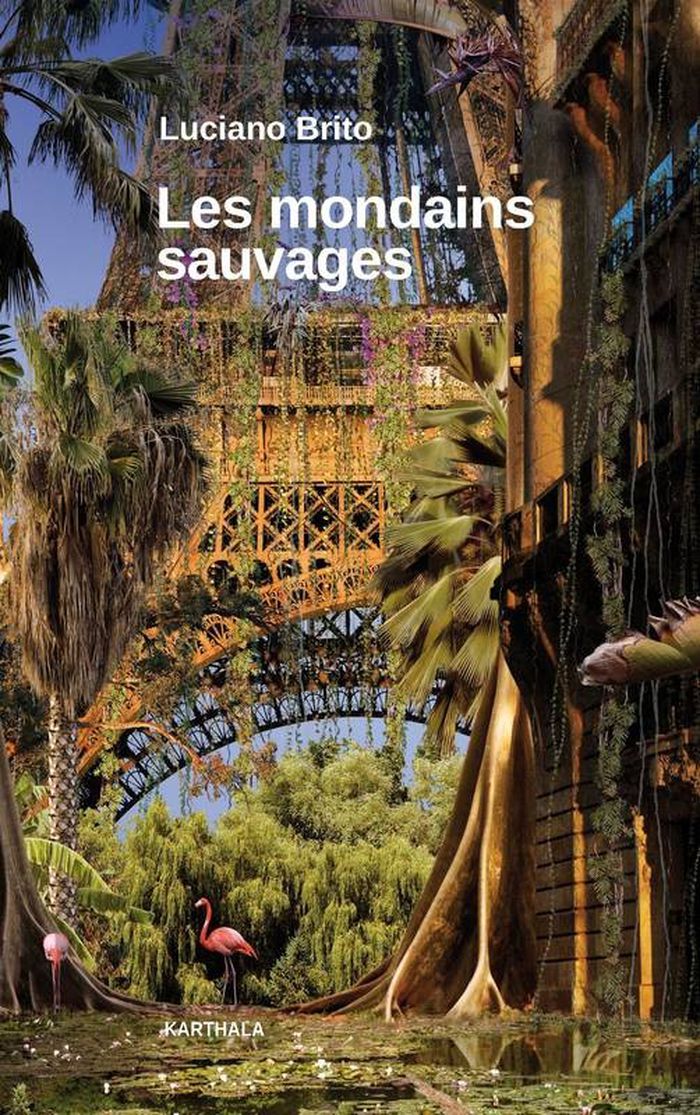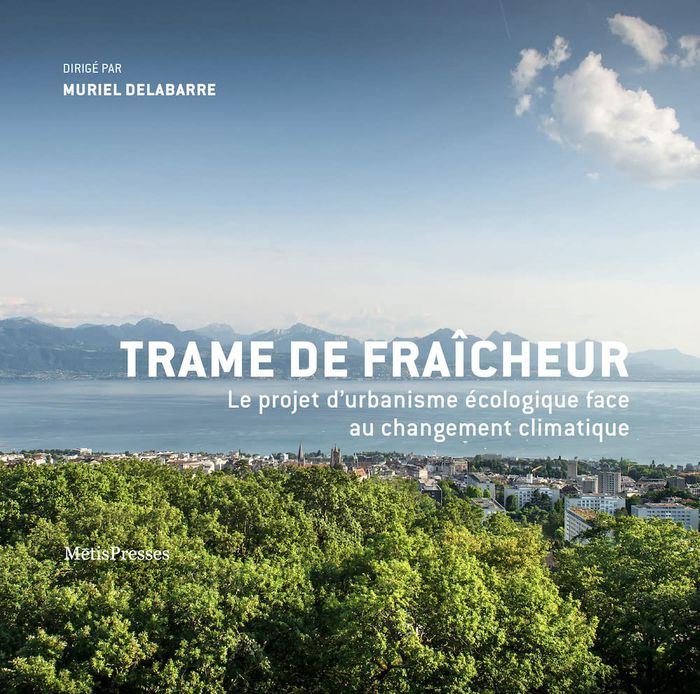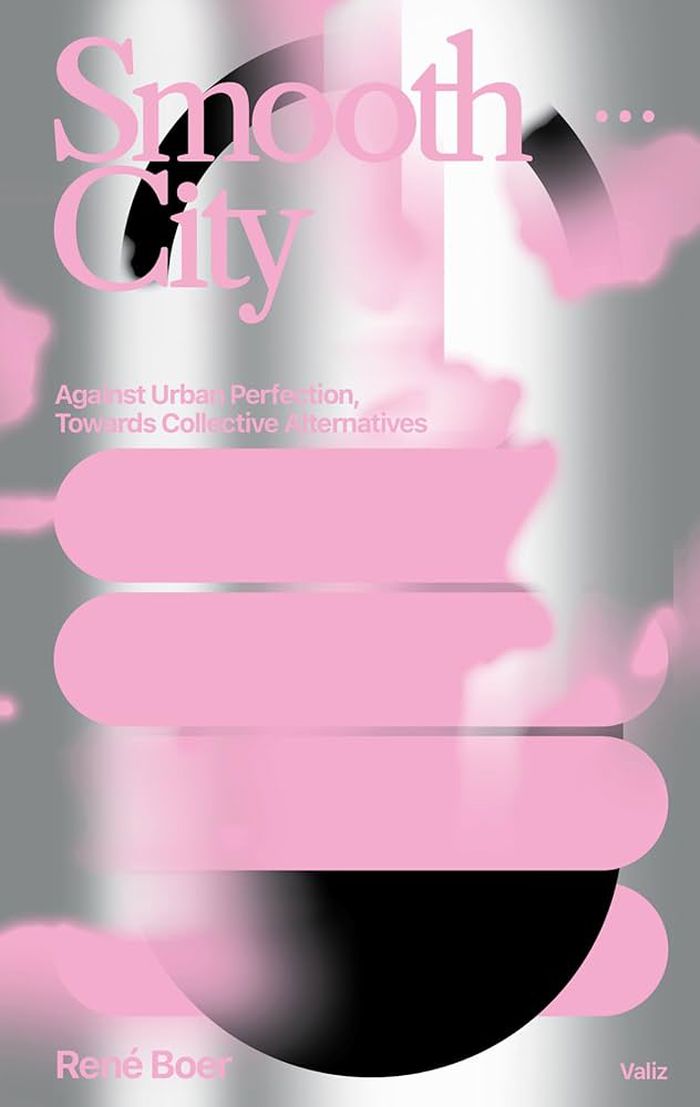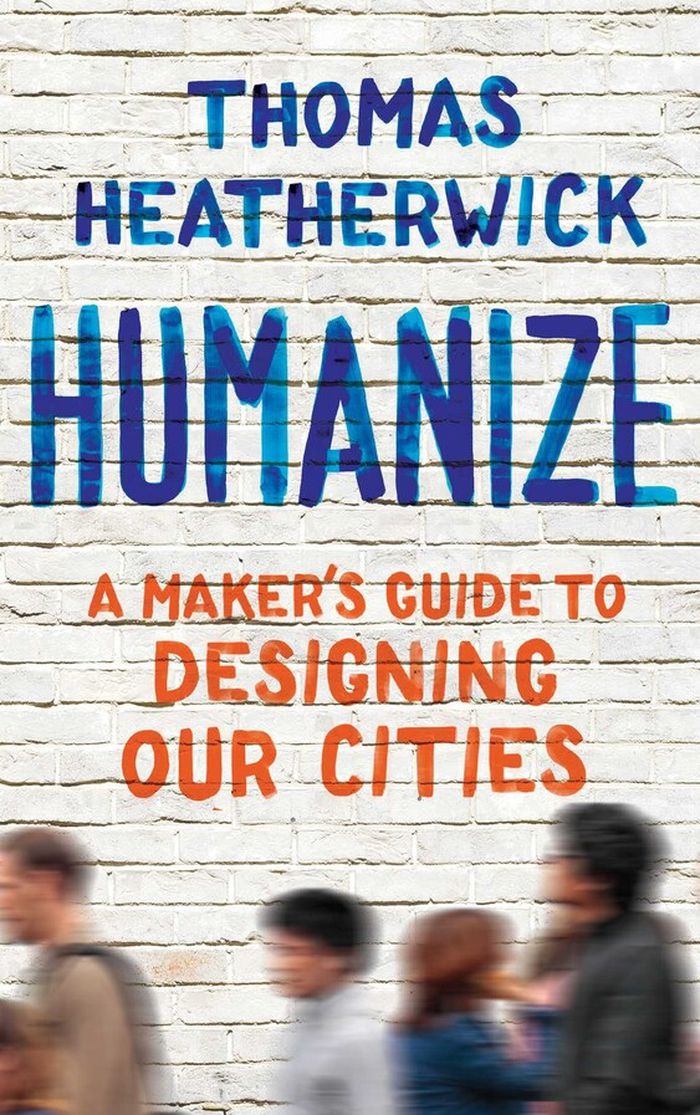livres
$47.95
(disponible sur commande)
Résumé:
Builders, Housewives and the Construction of Modern Athens reassesses the explosive growth of postwar Athens through its most distinctive building type, the polykatoikía, and its different connotations through the decades: from a monotonous and ugly element of the city to the role it might play in the urban sustainability. Sprawling beneath the Acropolis, modern Athens(...)
Builders, housewives, and the construction of modern Athens
Actions:
Prix:
$47.95
(disponible sur commande)
Résumé:
Builders, Housewives and the Construction of Modern Athens reassesses the explosive growth of postwar Athens through its most distinctive building type, the polykatoikía, and its different connotations through the decades: from a monotonous and ugly element of the city to the role it might play in the urban sustainability. Sprawling beneath the Acropolis, modern Athens is commonly viewed in negative terms: congested, ugly and monotonous. Builders, Housewives and the Construction of Modern Athens questions this stereotype, reassessing the explosive growth of postwar Athens through its most distinctive building type: the polykatoikía (a small-scale multistory apartment block). Theocharopoulou re-evaluates the polykatoikía as a low-tech, easily constructible innovation that stimulated the postwar urban economy, triggering the city's social mid-twentieth-century transformation. The interiors of the polykatoikía apartments reflect a desire for modernity as marketed to housewives through film and magazines. Regular builders became unlikely allies in designing these polykatoikía interiors, enabling inhabitants to exert agency over their daily lives and the shape of the postwar city. This revised edition of Theocharopoulou's study draws on popular media as well as urban and regional planning theory, cultural studies and anthropology to examine the evolution of this phenomenon. Written in the light of Greece's recent financial crisis, the book's updated Postscript considers the role polykatoikía might play in building an equitable and sustainable twenty-first-century city.
livres
septembre 2022
Théorie de l’urbanisme
Foundations of urban design
$54.00
(disponible sur commande)
Résumé:
The book is structured into twenty-nine essays, each dedicated to a pair of urbanistic concepts. Discussing historical and contemporary, interpretive and designerly approaches to urbanity, the notions composing the 29 pairs relate dialectically, as theses-and-antitheses. Still, we are warned, ''the presented antagonisms are not a priori in opposition, but rather complementary.''
Foundations of urban design
Actions:
Prix:
$54.00
(disponible sur commande)
Résumé:
The book is structured into twenty-nine essays, each dedicated to a pair of urbanistic concepts. Discussing historical and contemporary, interpretive and designerly approaches to urbanity, the notions composing the 29 pairs relate dialectically, as theses-and-antitheses. Still, we are warned, ''the presented antagonisms are not a priori in opposition, but rather complementary.''
Théorie de l’urbanisme
Hybrid factory, hybrid city
$54.95
(disponible sur commande)
Résumé:
Now that urban industry is often clean, green, small, and quiet it can be integrated at the city and building scale with other uses. Although little explored as of yet, we don’t yet know what this new hybrid will look like and how can it support new entrepreneurs, equitable jobs, and vital urban forms? How can hybrid models change with new technologies, sustainable(...)
Hybrid factory, hybrid city
Actions:
Prix:
$54.95
(disponible sur commande)
Résumé:
Now that urban industry is often clean, green, small, and quiet it can be integrated at the city and building scale with other uses. Although little explored as of yet, we don’t yet know what this new hybrid will look like and how can it support new entrepreneurs, equitable jobs, and vital urban forms? How can hybrid models change with new technologies, sustainable manufacturing, and advanced production systems to create new open city? Can we break the planning and land-use patterns of segregated zoning by class and function and encourage mixed-use zoning that transforms new building and zoning codes and this the mix in the city? These questions and more are addressed in Hybrid Factory / Hybrid City, through a collection of essays by participants in the eponymous symposium organized by Nina Rappaport at the Future Urban Legacy Lab of the Politecnico di Torino. Divided into two sections, the essays describes projects and research by architects and urbanists regarding the aura of industry and its smells, its place in relationship to the body, building structures, logistics centers, reused factory buildings, and their current and future potential for mixed-use. Social and economic equity can be integrated through light manufacturing jobs, community uses, and affordable housing.
Théorie de l’urbanisme
$23.00
(disponible sur commande)
Résumé:
Est-il inconcevable de transformer radicalement les manières actuelles de penser et de fabriquer la ville, où élus, concepteurs et promoteurs s’affrontent dans un climat de forte pression économique qui favorise une esthétique médiocre, fragmente le territoire et aboutit toujours à la prédation du vivant et de la nature ? Face à la crise climatique, on ne peut plus se(...)
L'inconcevable : Penser la ville après
Actions:
Prix:
$23.00
(disponible sur commande)
Résumé:
Est-il inconcevable de transformer radicalement les manières actuelles de penser et de fabriquer la ville, où élus, concepteurs et promoteurs s’affrontent dans un climat de forte pression économique qui favorise une esthétique médiocre, fragmente le territoire et aboutit toujours à la prédation du vivant et de la nature ? Face à la crise climatique, on ne peut plus se satisfaire de petits arrangements, il faut changer de paradigme. Dans cet essai très documenté, Nicolas Michelin propose de nouveaux principes de travail, assortis d’un certain nombre de mesures à caractère obligatoire, et esquisse les bases d’un ré-attachement indispensable à la Terre.
Théorie de l’urbanisme
Les mondains sauvages
$54.95
(disponible en magasin)
Résumé:
Cet essai renverse le regard porté sur les récits d’arrivées dans les grandes villes : et si ces «romans d’apprentissages», ces «romans de migrations», au lieu d’être des trajectoires d’émancipation, n’étaient-ils pas plutôt des romans d’ensauvagement ? La ville, l’urbanité n’est pas le stade ultime de la civilisation : au sein de sociétés capitalistes et inégalitaires,(...)
Les mondains sauvages
Actions:
Prix:
$54.95
(disponible en magasin)
Résumé:
Cet essai renverse le regard porté sur les récits d’arrivées dans les grandes villes : et si ces «romans d’apprentissages», ces «romans de migrations», au lieu d’être des trajectoires d’émancipation, n’étaient-ils pas plutôt des romans d’ensauvagement ? La ville, l’urbanité n’est pas le stade ultime de la civilisation : au sein de sociétés capitalistes et inégalitaires, c’est bien le mythe positif de la ville contemporaine qu’il faut revoir à nouveaux frais. À partir des chefs-d’œuvre de Marcel Proust, d’Osman Lins, de V. S. Naipaul, de Joyce Carol Oates et de Roberto Bolaño, l’auteur s’attache à définir ce qu’il entend par « mondains sauvages » : lorsque la ville est une erreur, un cauchemar, les personnages travaillent à leur propre dépossession. Les villes sont malades, trouées, névrosées – dessinant des paysages labyrinthiques. Luciano Brito analyse comment émerge une poétique sous le signe du devenir-végétal de l’urbain. Le croisement audacieux des grands romanciers du XXe siècle à travers le monde propose ainsi une vision renouvelée des grandes villes, du bidonville à la mégapole, de l’agglomération branchée aux faubourgs sales.
Théorie de l’urbanisme
$60.95
(disponible sur commande)
Résumé:
Un changement de paradigme dans la pratique du projet d’urbanisme paysager s’opère actuellement dans un contexte d’urgence climatique : l’acclimatation en est le nouveau modèle. De ce paradigme, des échantillons de formes spatiales émergent et parmi celles-ci, celui de trame fraîche acclimatée. Cette forme de composition offre un contrepoint aux générations précédentes(...)
Trame de fraîcheur : le projet d'urbanisme écologique face au changement climatique
Actions:
Prix:
$60.95
(disponible sur commande)
Résumé:
Un changement de paradigme dans la pratique du projet d’urbanisme paysager s’opère actuellement dans un contexte d’urgence climatique : l’acclimatation en est le nouveau modèle. De ce paradigme, des échantillons de formes spatiales émergent et parmi celles-ci, celui de trame fraîche acclimatée. Cette forme de composition offre un contrepoint aux générations précédentes des trames vertes et bleues (TVB). Face au réchauffement climatique, nous franchissons une nouvelle étape, où la question essentielle concerne la convergence entre la recherche, les orientations stratégiques en matière d’atténuation et d’adaptation et les moyens de mise en œuvre possibles dans l’activité de projet d’urbanisme paysager. En prenant comme cas d’étude Lausanne, ce livre tente de répondre à ce défi en réfléchissant à l’implantation au sein de cette ville d’une trame de fraîcheur. L’ouvrage se structure en trois parties qui donnent toutes des outils réplicables dans d’autres contextes, pour d’autres territoires vulnérables : Une lecture cartographique et statistique des formes environnementales lausannoises et une analyse bioclimatique inédite; L’élaboration d’une base conceptuelle et de visions prospectives en 2030 puis 2050 pour accompagner l’installation de la trame de fraîcheur;Un zoom sur une expérience de requalification d’espace public en cours afin de préfigurer l’implantation de dispositifs d’écologie urbaine. Cette dernière partie interroge le processus de projet en donnant la parole aux experts de la ville de Lausanne, et présente un catalogue de références recensant de multiples expériences internationales achevées et sources d’inspiration.
Théorie de l’urbanisme
$36.00
(disponible en magasin)
Résumé:
In the foreword of ''Smooth City'', René Boer writes about changes shaping the city center of Amsterdam nowadays: how the streets once known for their roughness, are now characterized by homogenous aesthetics, minimalist shopping windows and shiny Uber taxis. These are typical characteristics of the "smooth city": a city in which the urge for "perfection," efficiency and(...)
Smooth city: Against urban perfection, towards collective alternatives
Actions:
Prix:
$36.00
(disponible en magasin)
Résumé:
In the foreword of ''Smooth City'', René Boer writes about changes shaping the city center of Amsterdam nowadays: how the streets once known for their roughness, are now characterized by homogenous aesthetics, minimalist shopping windows and shiny Uber taxis. These are typical characteristics of the "smooth city": a city in which the urge for "perfection," efficiency and control is constantly increasing. It is a kind of city which is sterile, clean and layered with new technologies, which makes urban life seemingly "perfect" and frictionless. It can be questioned, however, whether there is still place for divergence from norms, forms of friction or any alternative in the smooth city? René Boer argues in Smooth City that this new version of urbanity undermines the democratic nature and the emancipatory potential of cities, and hardly leaves any space for experiment, non-normativity and transgression. ''Smooth City'' offers a critical analysis of the origins, characteristics and consequences of the smooth city and brings some very welcome reflections on the urban reality we are currently living in.
Théorie de l’urbanisme
$89.95
(disponible en magasin)
Résumé:
In this book, a transdisciplinary international research team presents an expanded vocabulary of urbanisation processes through a comparison of Tokyo, Hong Kong – Shenzhen – Dongguan, Kolkata, Istanbul, Lagos, Paris, Mexico City and Los Angeles. Based on a novel cartography and on detailed ethnographic and historical explorations, this book systematically analyses the(...)
Vocabularies for an urbanising planet: theory building through comparison
Actions:
Prix:
$89.95
(disponible en magasin)
Résumé:
In this book, a transdisciplinary international research team presents an expanded vocabulary of urbanisation processes through a comparison of Tokyo, Hong Kong – Shenzhen – Dongguan, Kolkata, Istanbul, Lagos, Paris, Mexico City and Los Angeles. Based on a novel cartography and on detailed ethnographic and historical explorations, this book systematically analyses the diversity of responses to urgent contemporary urban challenges. It proposes a series of new concepts that allow us to assess the practical consequences of different urban strategies in everyday life.
Théorie de l’urbanisme
$53.95
(disponible sur commande)
Résumé:
What is it about Times Square that has inspired such attention for well over a century? And how is it that, despite its many changes of character, the place has maintained a unique hold on our collective imagination? In this book, which comes twenty years after her widely acclaimed Times Square Roulette, Lynne Sagalyn masterfully tells the story of profound urban change(...)
Times Square remade: The dynamics of urban change
Actions:
Prix:
$53.95
(disponible sur commande)
Résumé:
What is it about Times Square that has inspired such attention for well over a century? And how is it that, despite its many changes of character, the place has maintained a unique hold on our collective imagination? In this book, which comes twenty years after her widely acclaimed Times Square Roulette, Lynne Sagalyn masterfully tells the story of profound urban change over decades in the symbolic space that is New York City’s Times Square. Drawing on the history, sociology, and political economy of the place, ''Times Square remade'' examines how the public-private transformation of 42nd Street at Times Square impacted the entertainment district and adjacent neighborhoods, particularly Hell’s Kitchen. Sagalyn chronicles the earliest halcyon days of 42nd Street and Times Square as the nexus of speculation and competitive theater building as well as its darkest days as vice central, and on to the years of aggressive government intervention to cleanse West 42nd Street of pornography and crime. Thematically, the author analyzes the three main forces that have shaped and reshaped Times Square—theater, real estate, and pornography—and explains the politics and economics of what got built and what has been restored or preserved. Accompanied by nearly 160 images, more than half in color, ''Times Square remade'' is a deftly woven narrative of urban transformation that will appeal as much to the general reader and New York City enthusiast as to urbanists, city planners, architects, urban designers, and policymakers.
Théorie de l’urbanisme
$39.99
(disponible sur commande)
Résumé:
We are living through a global catastrophe. Buildings affect how we feel, moment by moment, day by day. They have the power to lift us up and make us feel awestruck, playful, safe, and inspired, just as they can make us feel alienated and sad. But many of the places where we live, work, learn, and heal have become monotonous and disposable. We’re surrounded by cheap,(...)
Humanize: A maker's guide to designing our cities
Actions:
Prix:
$39.99
(disponible sur commande)
Résumé:
We are living through a global catastrophe. Buildings affect how we feel, moment by moment, day by day. They have the power to lift us up and make us feel awestruck, playful, safe, and inspired, just as they can make us feel alienated and sad. But many of the places where we live, work, learn, and heal have become monotonous and disposable. We’re surrounded by cheap, boring buildings that make people stressed, sick, and unhappy. In short, much of our world has been crafted in a way that is hostile to human experience. Now, drawing on his experience of the last thirty years in making bold, beautiful objects and buildings, Thomas Heatherwick offers both an informed critique of the inhumanity in most of today’s contemporary building design, and a rousing call for action. Looking through Heatherwick’s eyes, we see familiar landmarks and cityscapes around the world, from London, Paris, Barcelona, Singapore, New York, Vancouver, and beyond, both old and new, famous and obscure, to learn how places can either sap the life out of us—or nourish our senses and our psyche. The time has come, he says, to put emotion back at the heart of the design process, and the reasons to do so could not be more urgent. Design is not superficial: it has an impact upon economics, climate change, our mental and physical wellbeing—even the peace and cohesion of our societies.
Théorie de l’urbanisme
